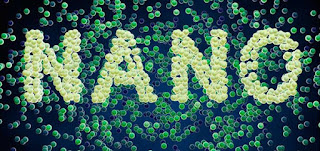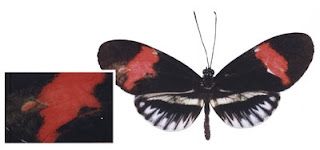Week 8 NanoTech + Art

This week’s course material really refreshes my understanding of nanotechnology. I agree with Jim Gimzewski and Victoria Vesna’s idea that ‘seeing is believing’ does not apply to nanotechnology. Nanotechnology introduces a whole new area into our lives as well as touching beyond everything we have known so far. Art and nanotechnology intersect in a unique way. This new science is ultimately about a shift in our perception of reality from a purely visual culture to one based on sensing and connectivity. Nano-Art experimental combination surprises with Anti-HIV effectiveness The unique works on a previous art exhibition at John Curtin Gallery demonstrates innovative examples of contemporary art and scientific collaboration. One artist featured in this exhibition is Boo Chapple with his Transjuicer. She has been working on a project to make audio speakers out of bone. Through the piezoelectric nature of the bone, she is able to cause the bone to vibrate and generate sound....


